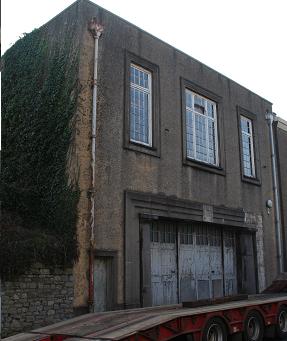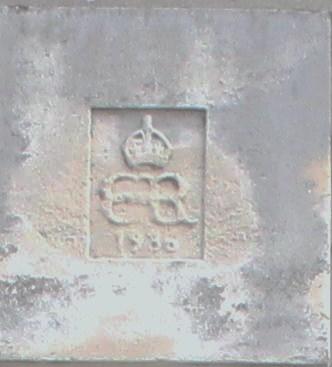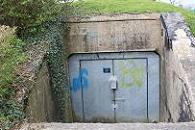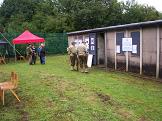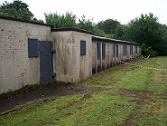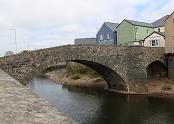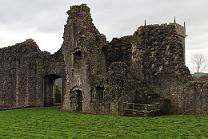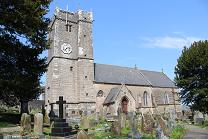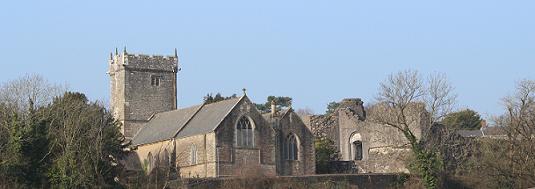 Bridgend
the town by the river
Bridgend
the town by the river
Victorian Clock
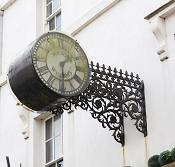 Mason Williams - Clock
Mason Williams - Clock
This Grand Victorian Clock
that hangs above Zia Nina was erected by Mr L Beha at the end of the 19th century, above his jewellers shop in Dunraven
Place which became known as 'The shop under the clock.' Mr L Beha and Co
were watch makers, jewellers and silversmiths which opened Circa: 1880 at
28, Dunraven place, Bridgend,
and also 12a, Station road, Port Talbot,
the shop also doubled as an early days opticians,
testing eyesight and adjusting glasses. It is also reported to have been the
first shop in the Bridgend area to have sold the new gramophone. 'The
most powerful talking machine for its time' The clock above the shop is still working
accurately today April 2015 but algae is covering the face.
Upon the death of the late Mr L Beha
in 1899 and B Beha in 1914 the established English
business partner of 34 years, Mr Edmond M Needham took over and
exclusively carried on the business until 1957, when
Mason Williams & Co. Limited was set up on 31 Jan 1957 and had its
registered office at
28
Dunraven Place, Bridgend, Glamorgan, United Kingdom. Mason Williams &
Co. who's Limited
Company Number was 00577862.


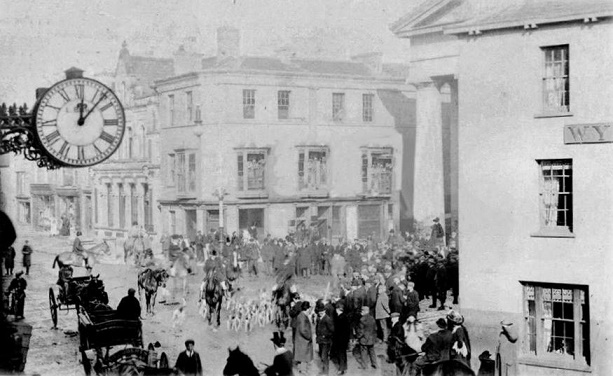
Pre 1921 photo with the name L Beha on the clock
It was some time after 1957 that the Victorian clock had the name
Mason Williams added to the face, as you can see from the picture below that
although the Mason Williams name is above the door, the clock face is clear
at this time.
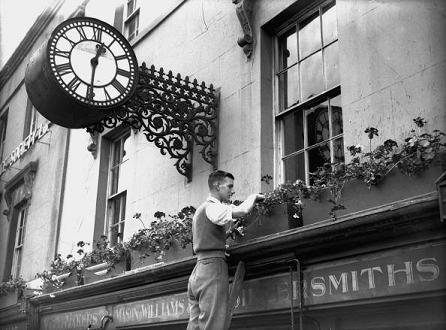
So the clock gives us a history of the shops owners,
but what of the origin of the clock itself.
The clock would appear to have been supplied by J.Smith & Sons, of
Clerkenwell, London, around 1890 and a catalogue of 1880 to 1910 shows the
clock and Victorian ornamental bracket in detail. It would appear that the
likely cost was £60/68 ex works. J Smith & Sons
made all types of clock from 1780 until 1938.
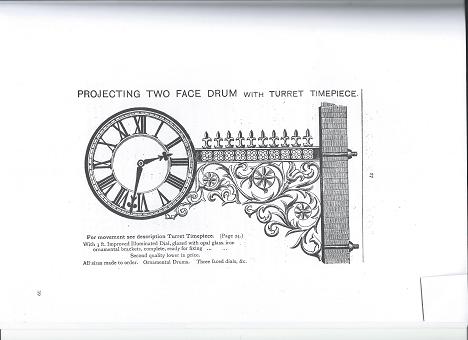
Projecting Two Face Drum with Turret.
It has a 3ft improved illuminated dial with a glazed opal glass
background and figures of copper that don't throw a shadow, with iron
ornamental brackets.
The Victorian clock is currently fitted with a self-start, synchronous,
electric, movement, with an Inverter Charger System to carry it through
power failures. This was installed by
Smith of Derby
who,
have serviced the clock for many years.
The
Smith of Derby
Groupís portfolio of clockmakers includes five of the most iconic and
reputable names in British horology. They are; John Smith & Sons
1856, James Ritchie & Son, 1809, William Potts & Sons, 1833,
J B Joyce & Co, 1690, and G&F Cope & Co, 1845. Collectively, these
prominent clockmakers form what is now
Smith of Derby
Group. This stable of clockmakers treasure time by creating, servicing,
preserving, and restoring some of the greatest public clocks in the UK and
around the world.
As the UKís leading clock repairers, restorers and
conservation specialists, they are proud to have been serving the
horological community for over 150 years.
My thanks to Nicholas Smith for his help in the research.
As a matter of fact as late as 1708 in "The New View of London,"
it is mentioned as a remarkable circumstance concerning Prescot Street, that
instead of signs the houses were distinguished by numbers.
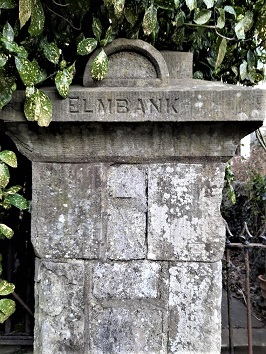
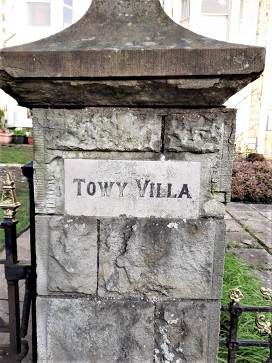
Share with your friends on Facebook or Twitter. Just Click the link below.
 Facebook
Facebook
 Twitter
Twitter
Advertisements
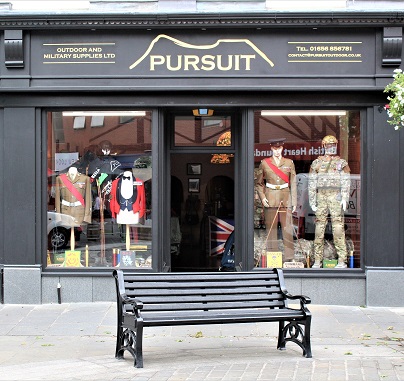
42 Dunraven Place, Bridgend
Contact: Mike 07840 287 383
web site here
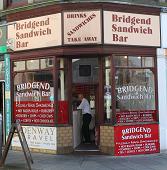
Bridgend Sandwich Bar.
Est: 1940
Return to Main
Bridgend History Page
Copyright BridgendPPF.com 2017



 Bridgend
the town by the river
Bridgend
the town by the river 









